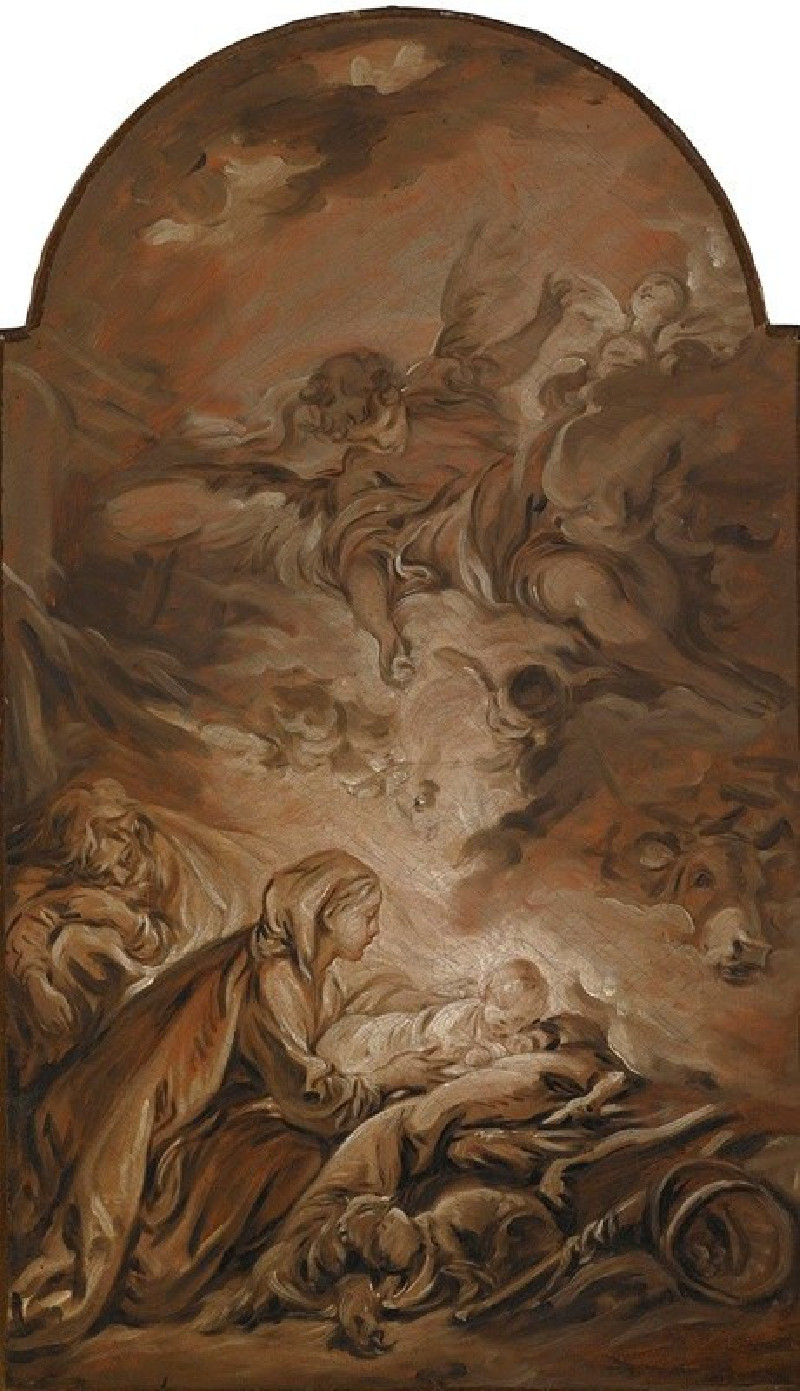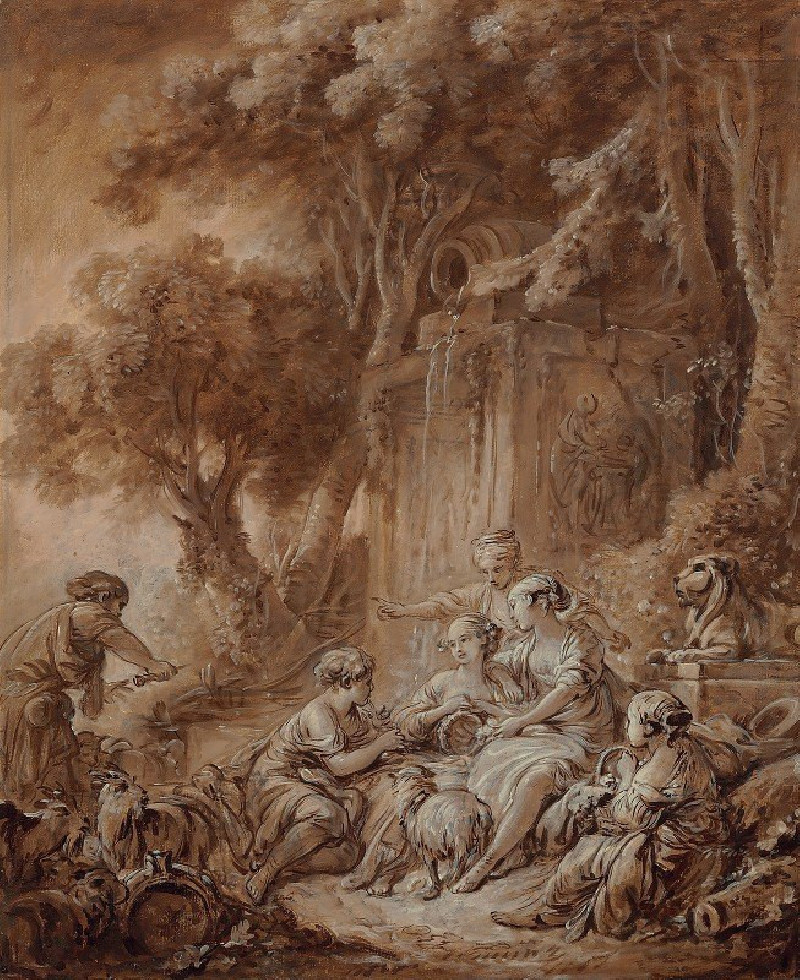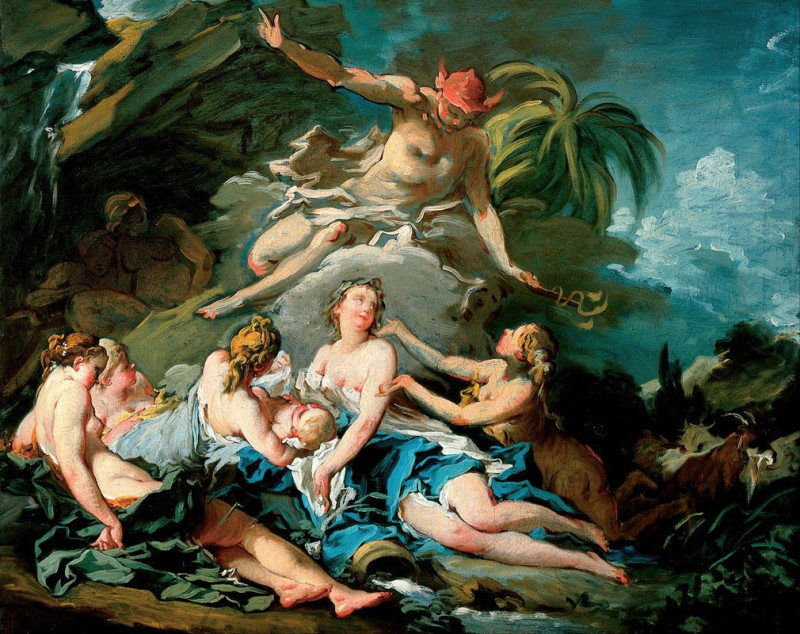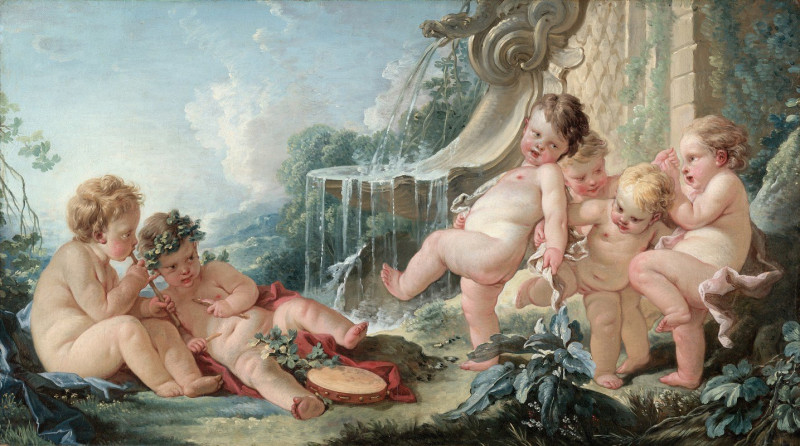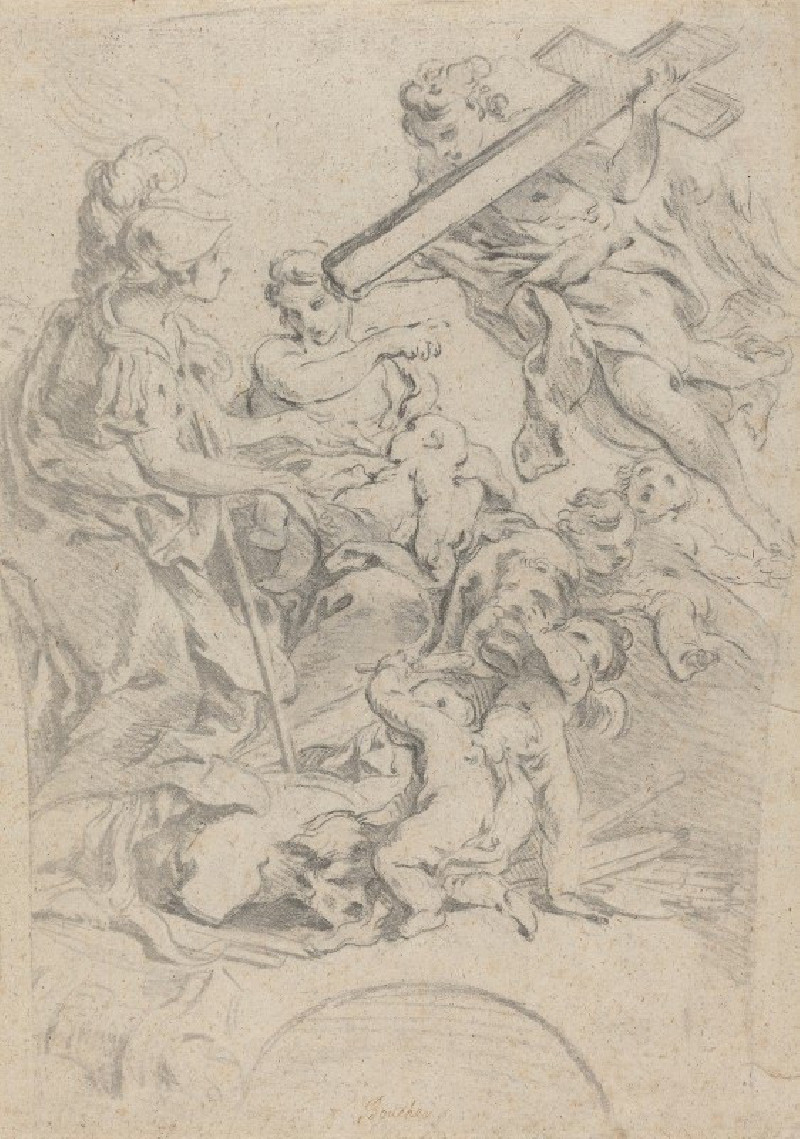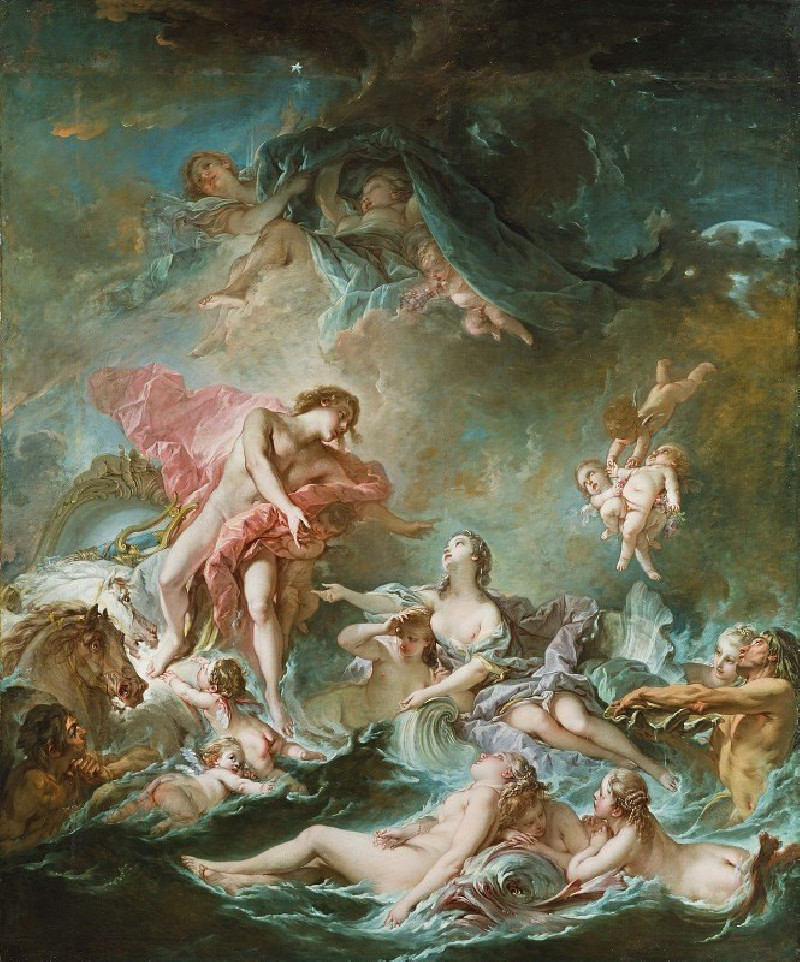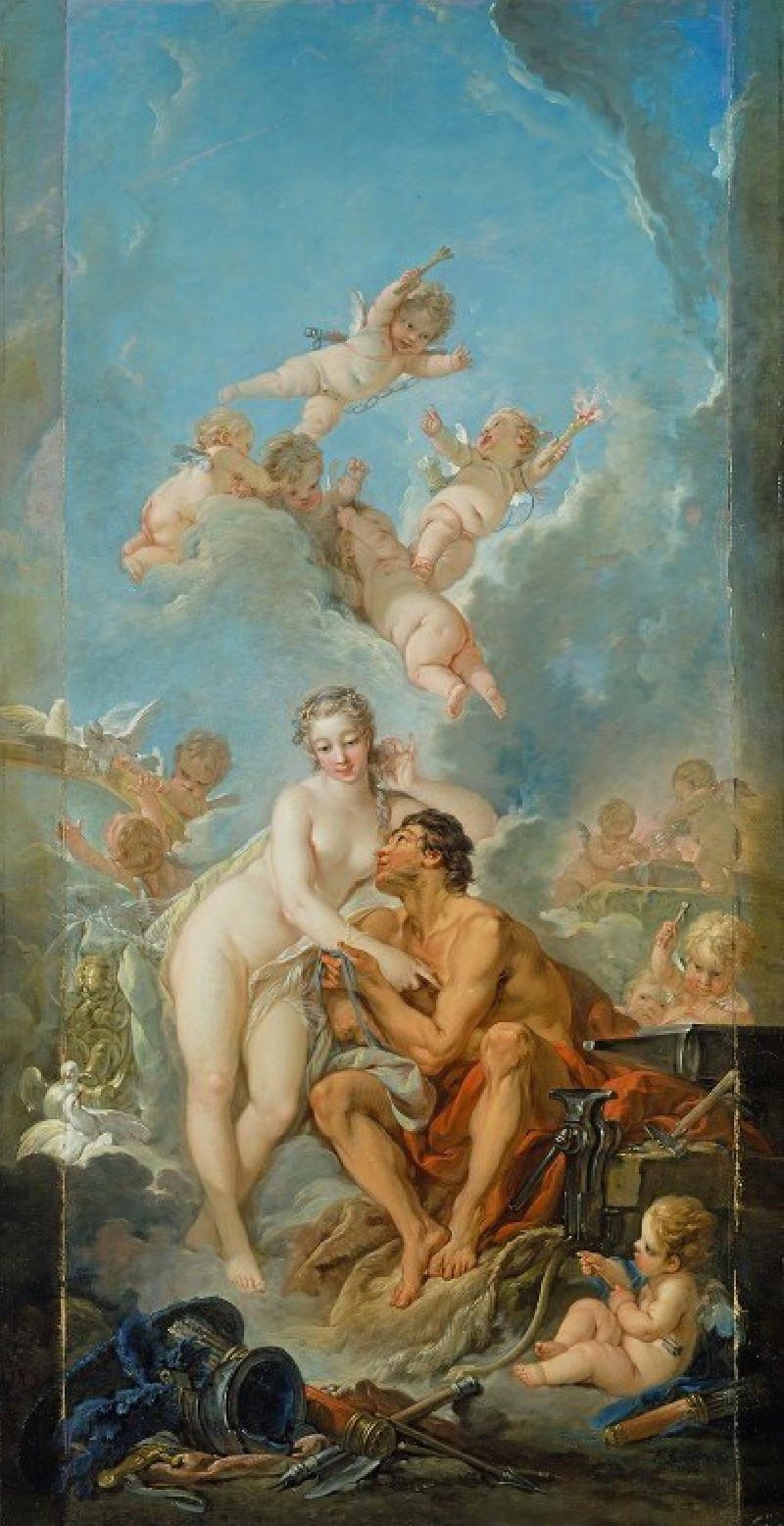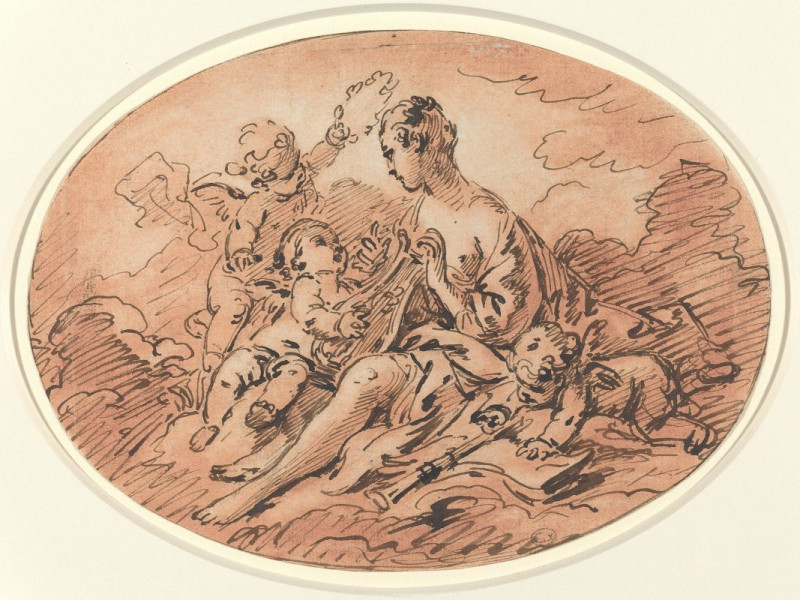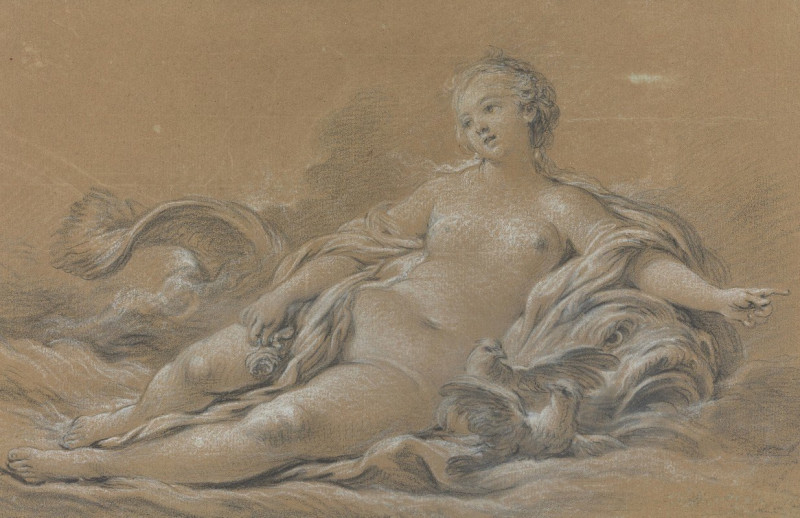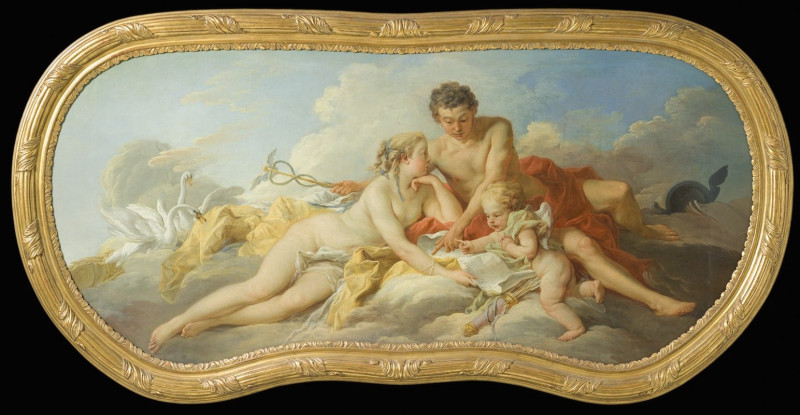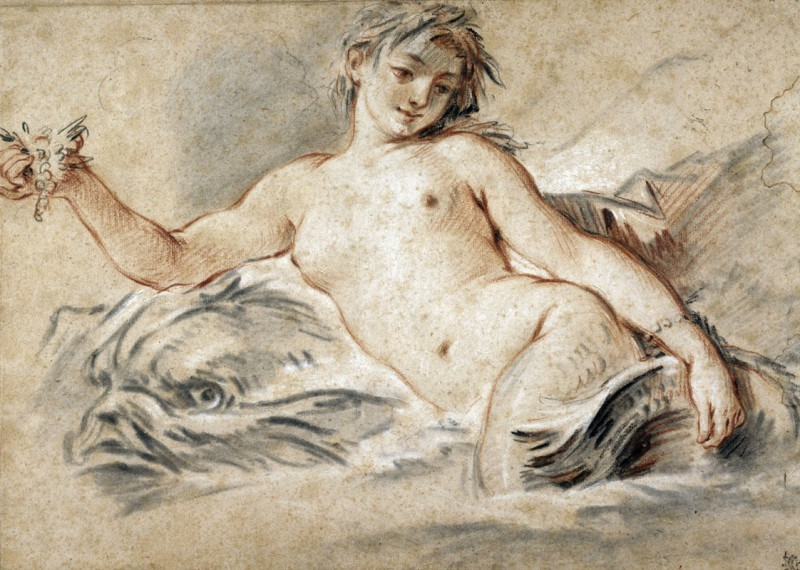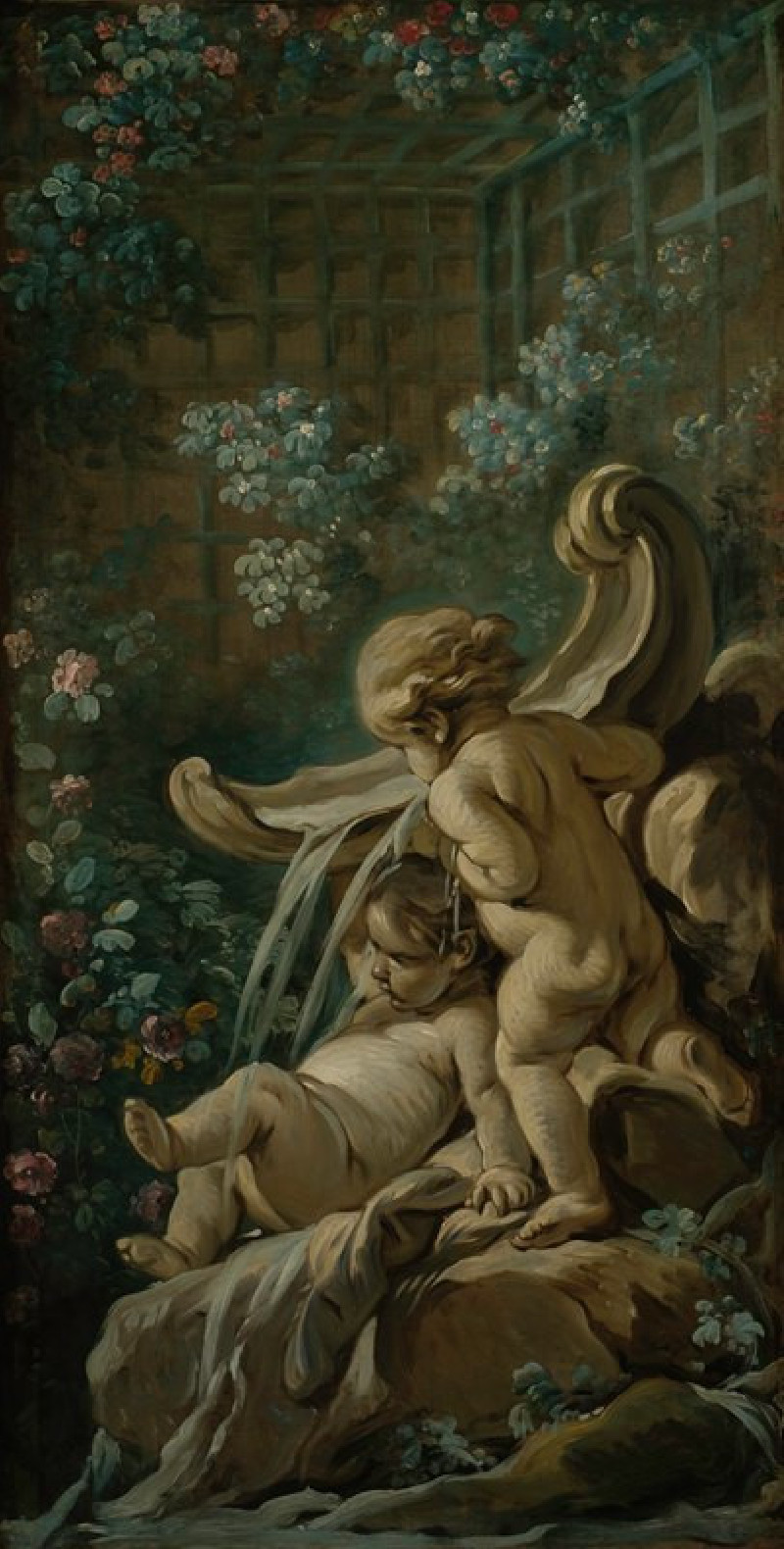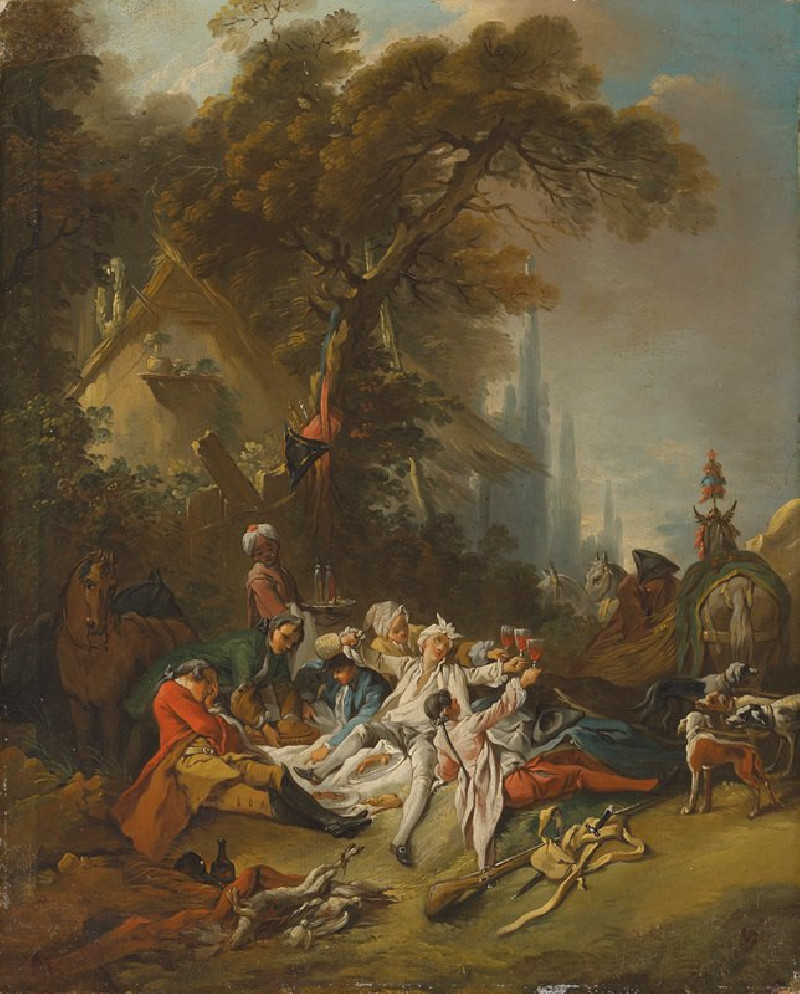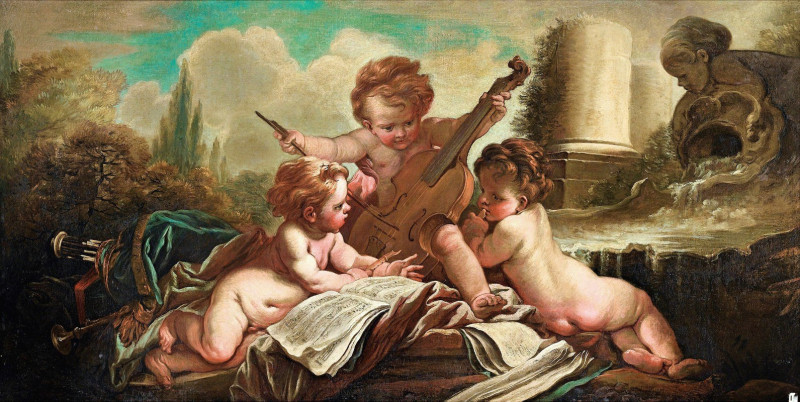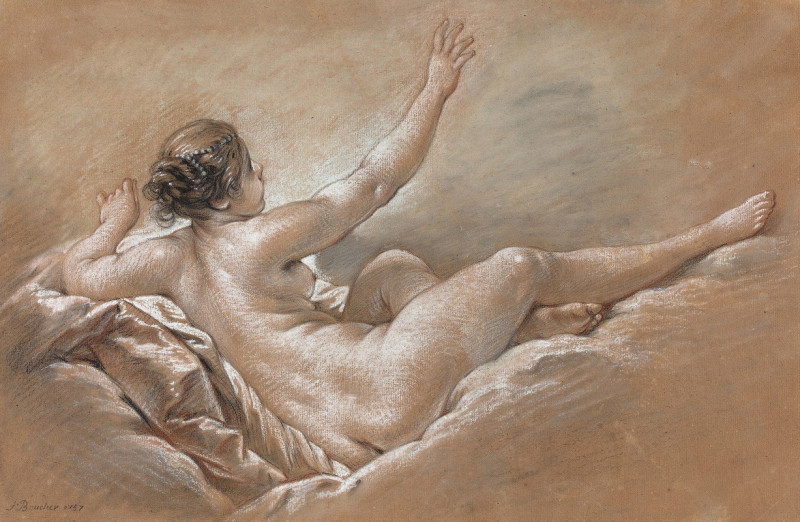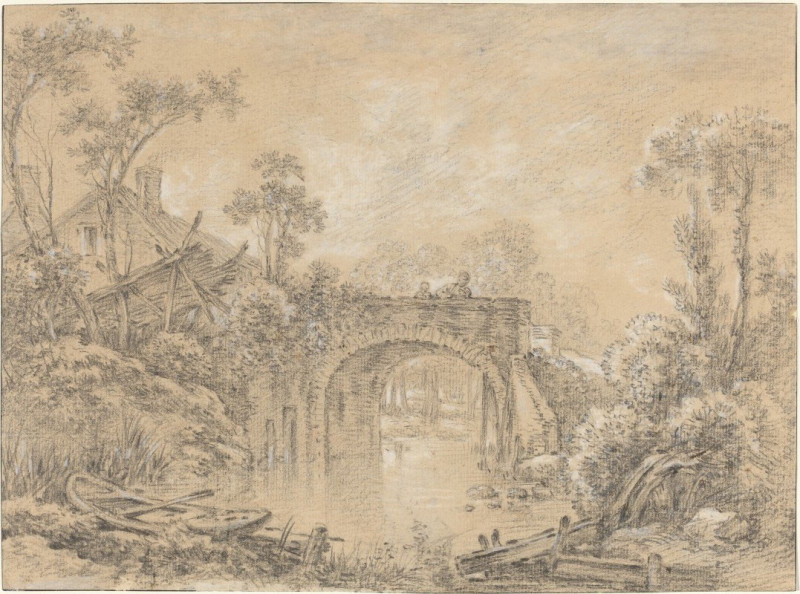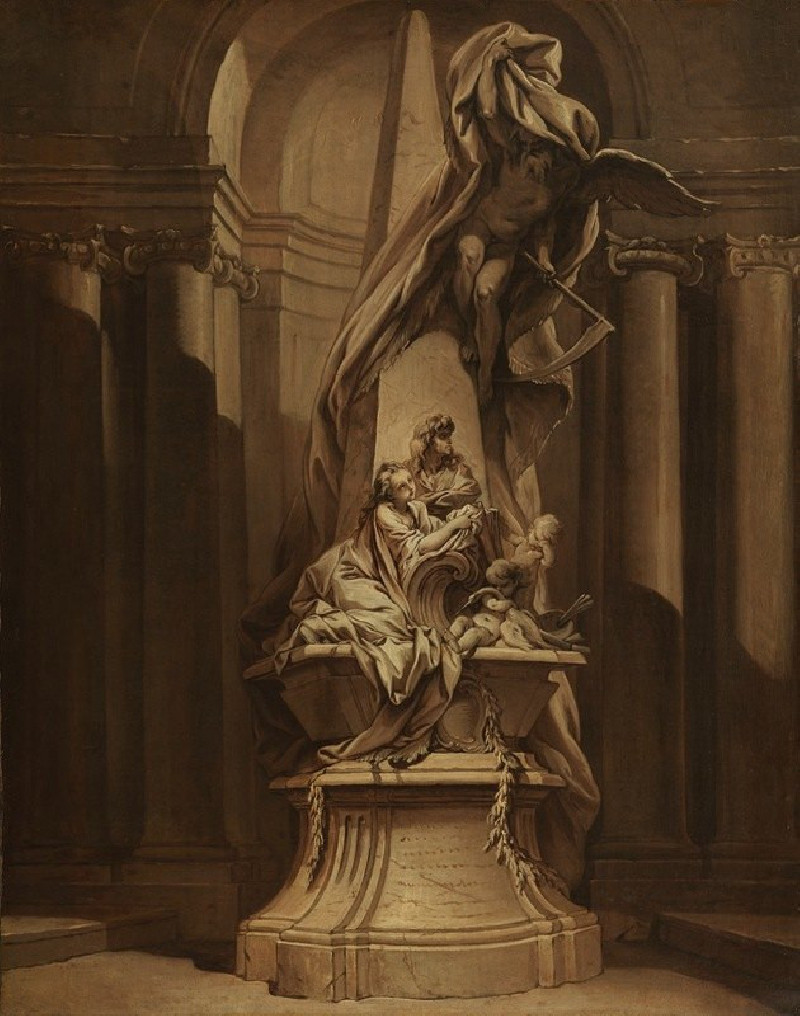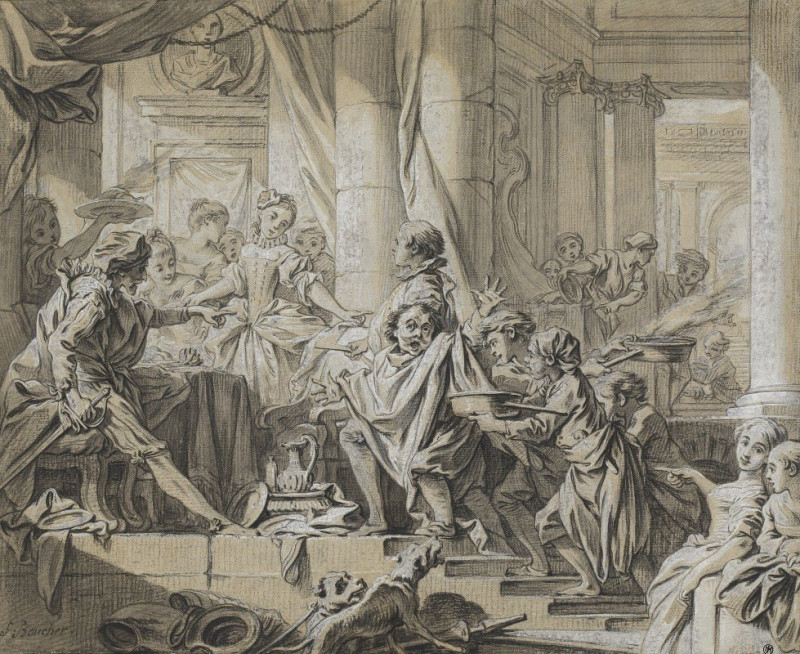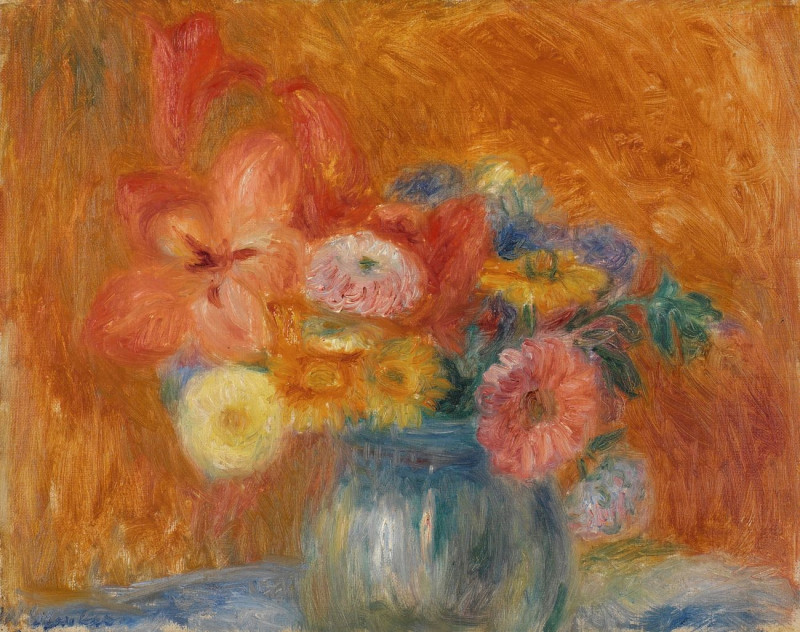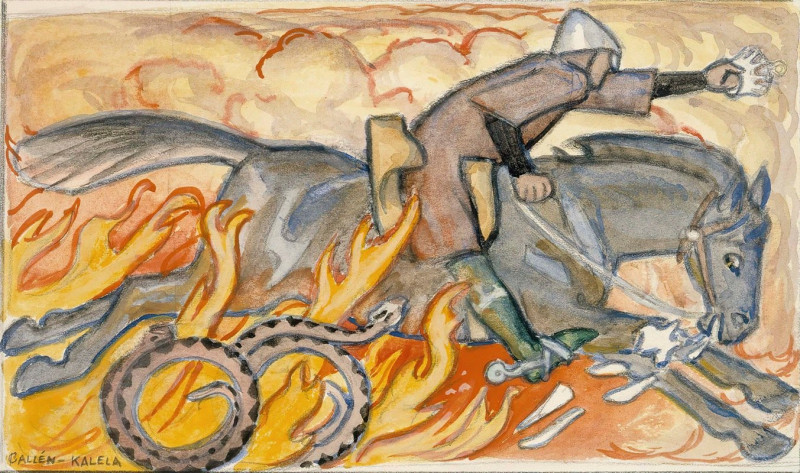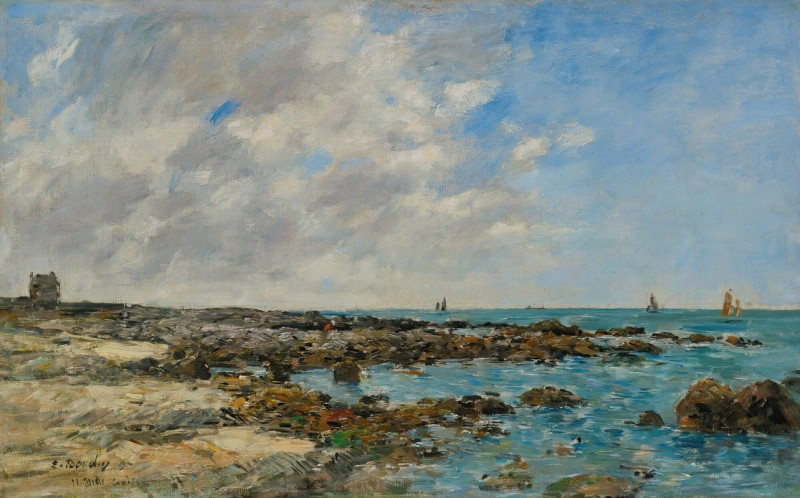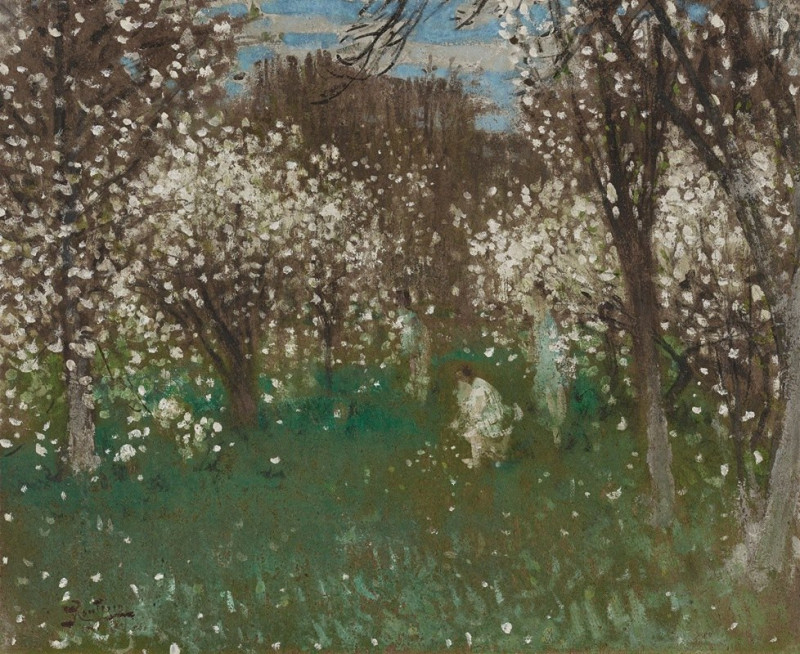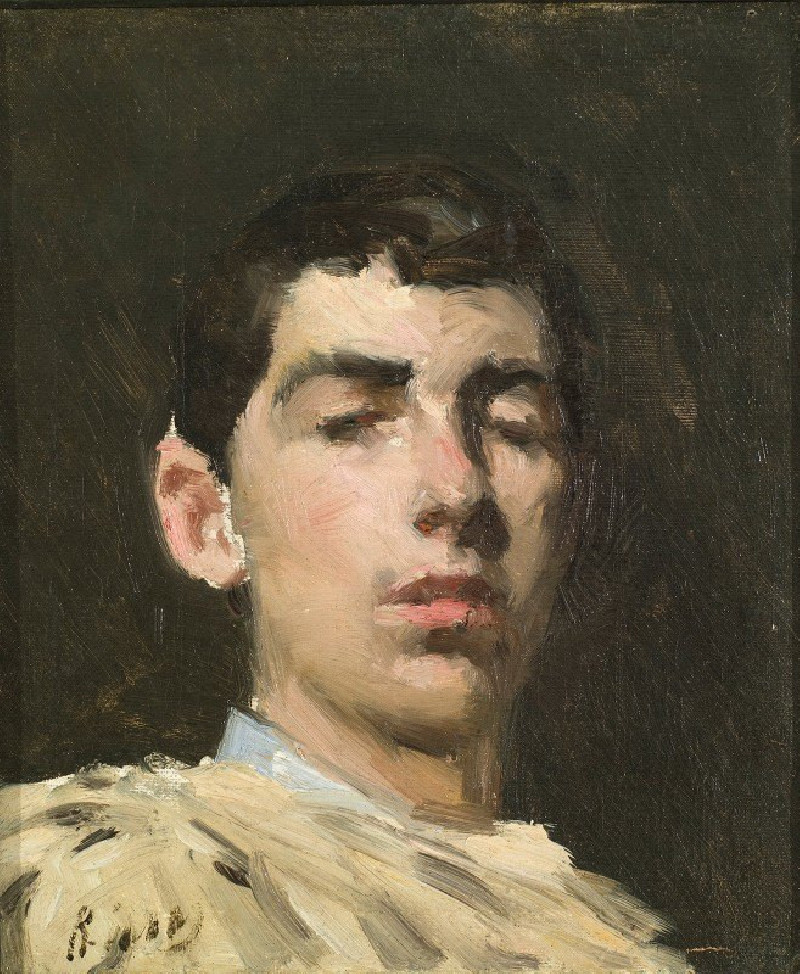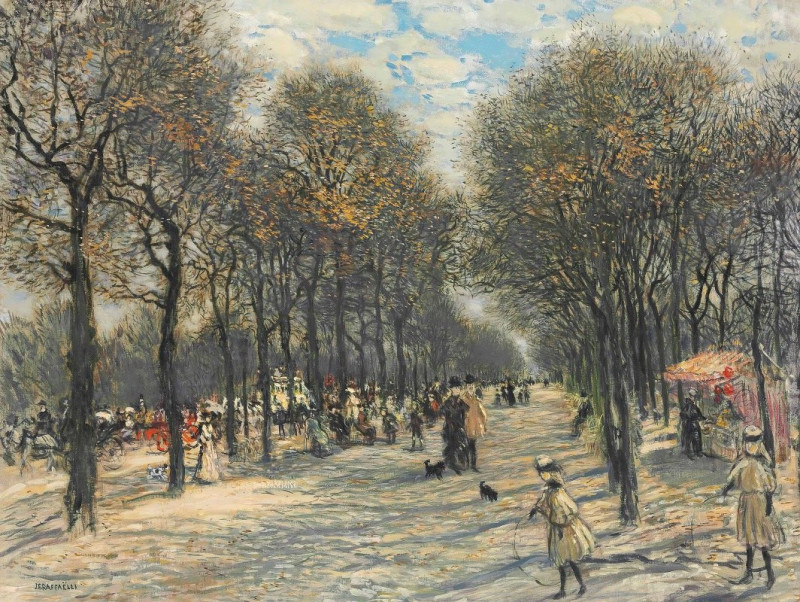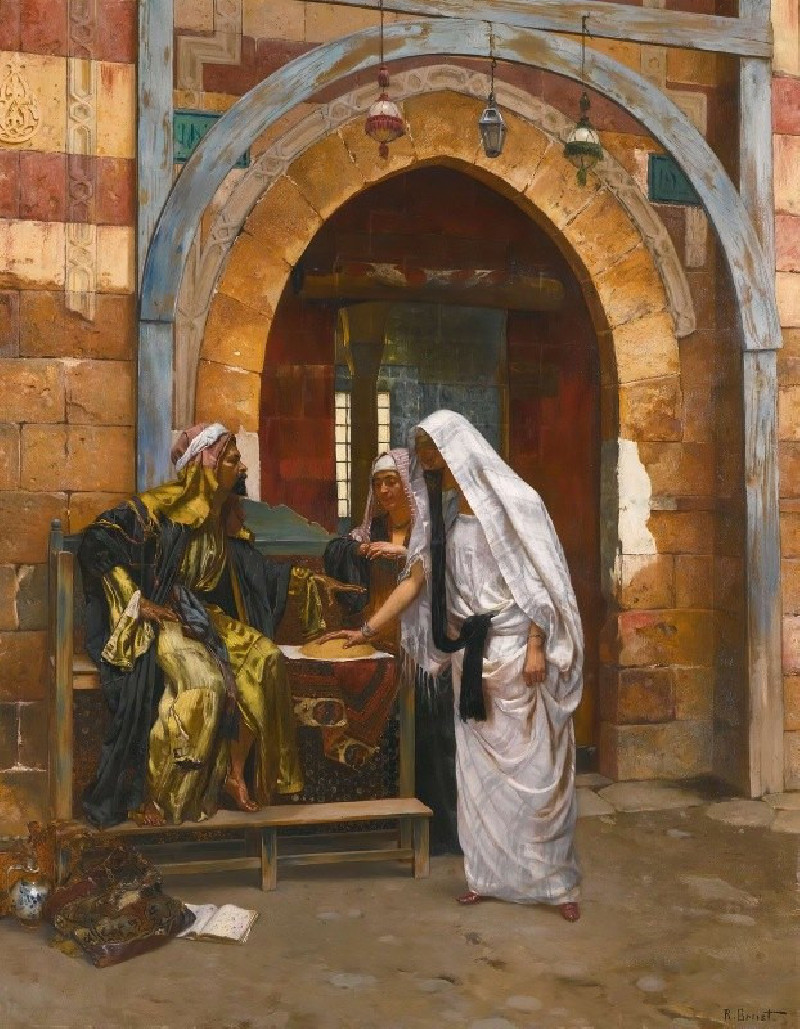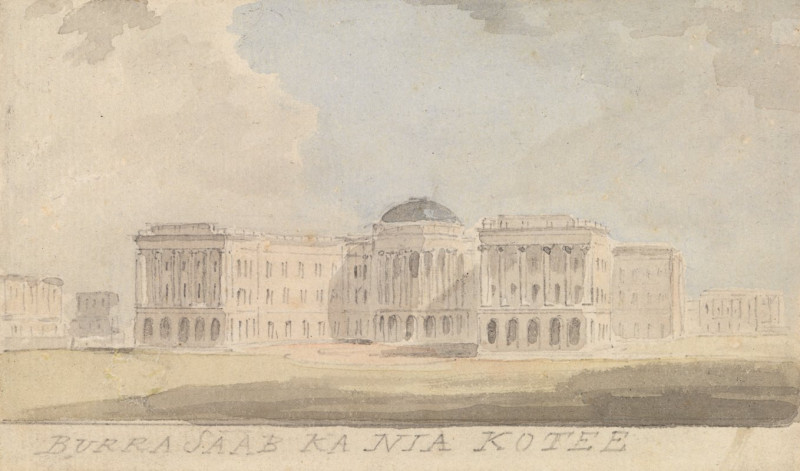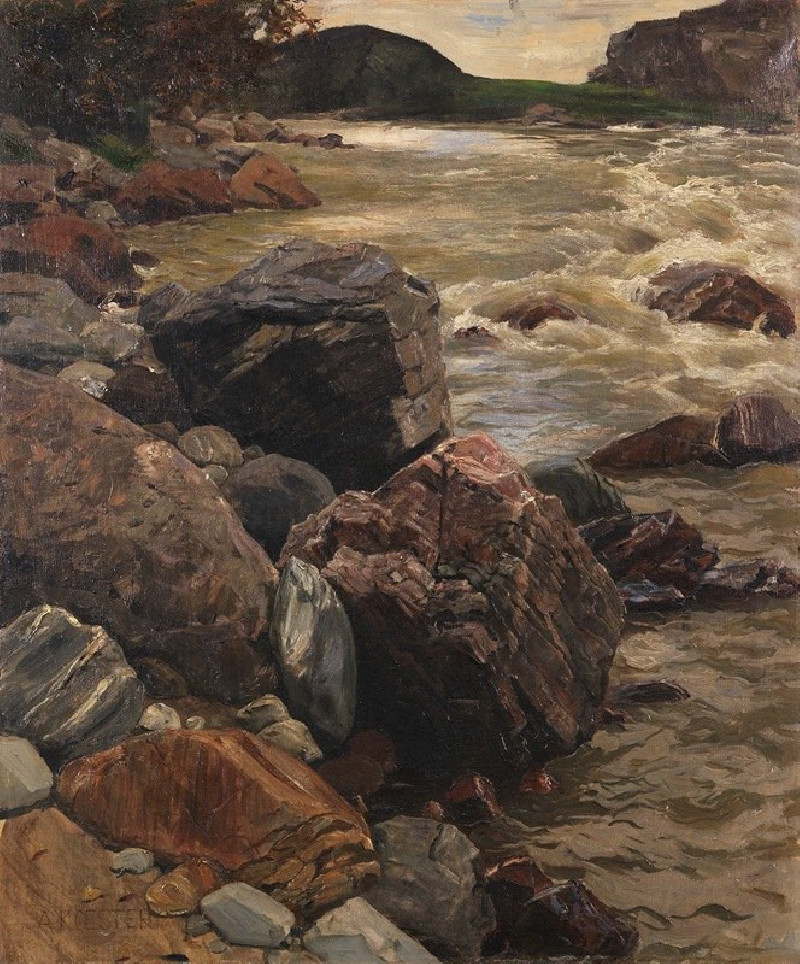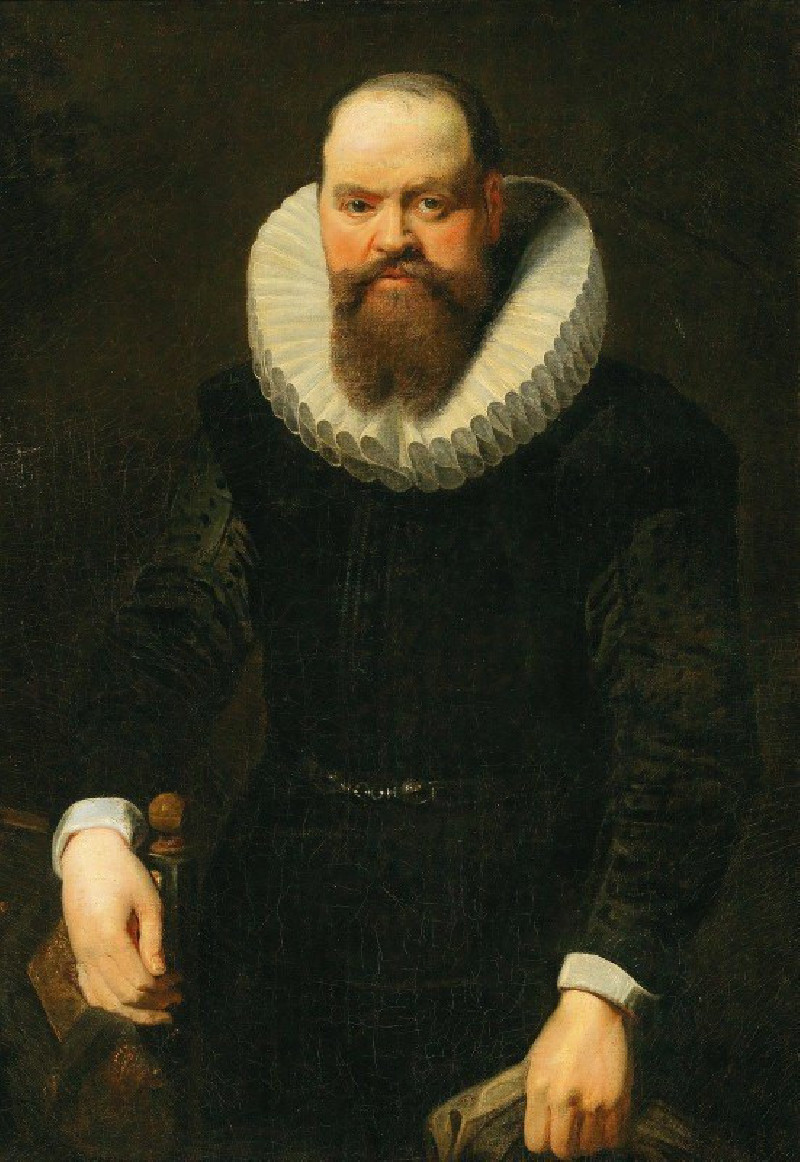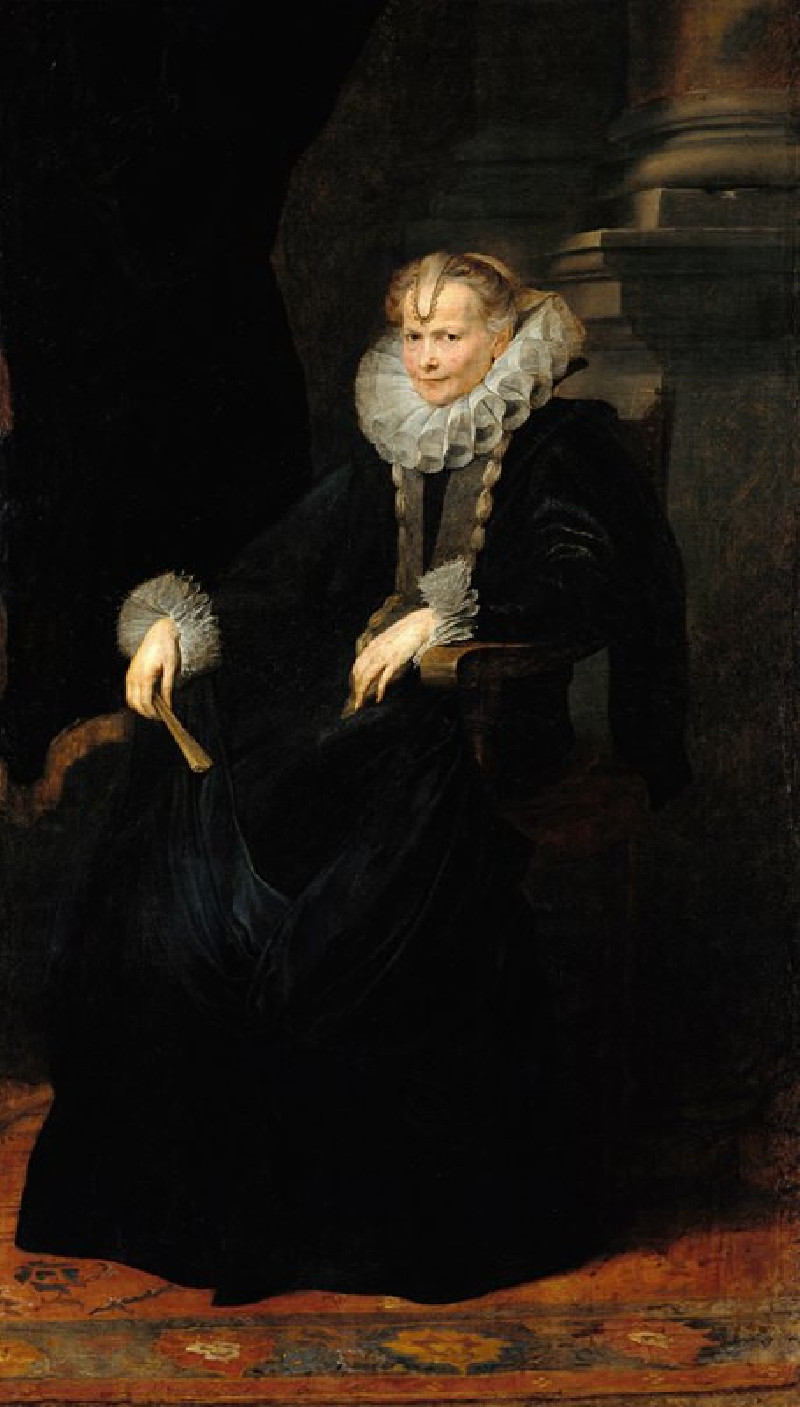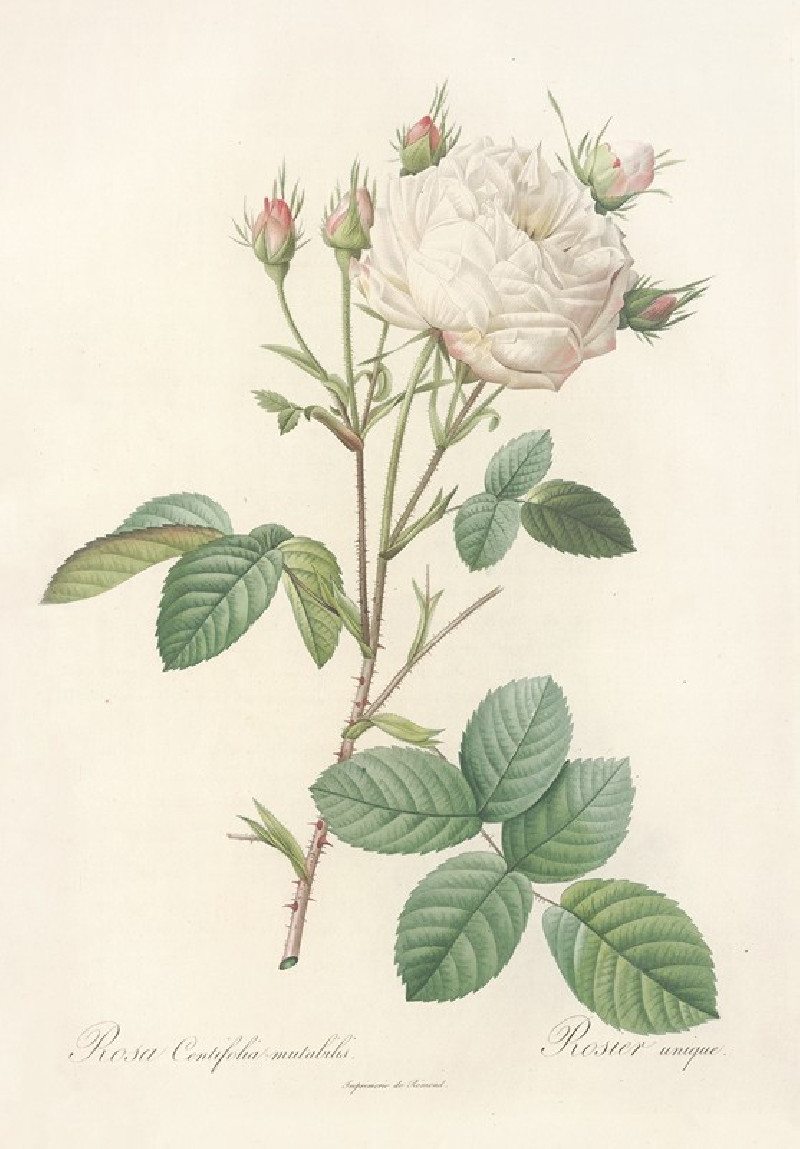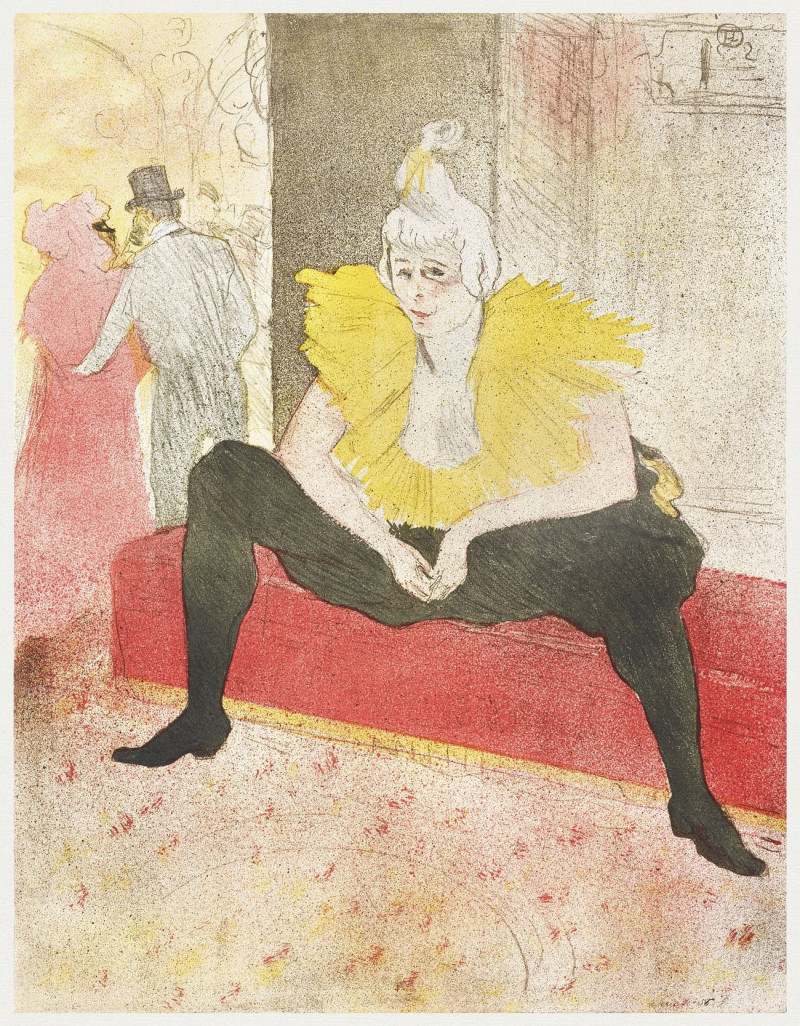The Nativity With A Hovering Angel
Technique: Giclée quality print
Recommended by our customers
More about this artwork
Welcome to our exploration of François Boucher's evocative painting, This work, created by the renowned 18th century French artist known for his Rococo style, invites viewers into a tender and celestial depiction of the nativity scene.This painting elegantly captures the moment after the birth of Jesus, set against a backdrop of soft, swirling clouds that seem to glow with divine light. The central figures, Virgin Mary and the infant Jesus, are tenderly illustrated. Mary, draped in a flowing robe, gazes downward with affection and solemnity at the newborn Christ child radiantly glowing in her lap, symbolizing the light and hope he brings to the world.Above these central figures, a celestial spectacle unfolds. An angel hovers in the midst of cloud-like forms, perhaps representing the heavenly host, witnessing and celebrating the sacred birth. The angel's presence adds a divine aura to the scene, emphasizing the significance of this holy event.Boucher’s mastery in using monochromatic shades helps highlight the drama and emotion conveyed by the subjects. The soft brush strokes and the play of light and shadow create a feeling of depth and volume, while inviting the viewer to focus on the serene and intimate interaction between mother and child.This piece not only showcases Boucher's skill and sensitivity as an artist but also serves as a powerful visual meditation on themes of birth, innocence, and divine presence.
Delivery
Returns
François Boucher (1703–1770) was a French painter, engraver, illustrator and printmaker. He was a proponent of Rococo and had a huge influence in spreading the style throughout Europe. His art was idyllic and voluptuous with a high-toned palette of blues and pinks. He created designs for all decorative arts, porcelains and tapestries. Boucher also painted several portraits including his patroness Madame de Pompadour. He is one of the most celebrated decorative artists of the 18th century.

